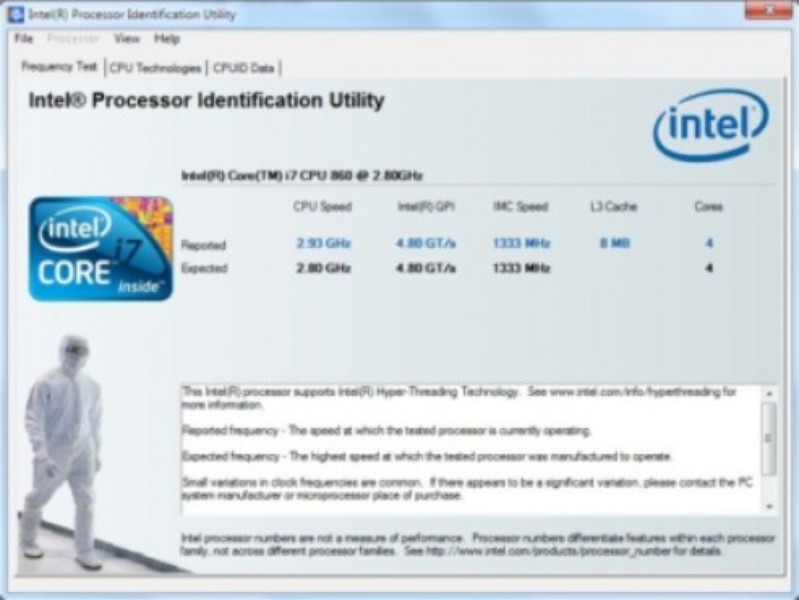

However, as stated earlier, neither is updating the microcode in the processors ROM. These volatile updates can be applied to the processor one of two ways – System Firmware/BIOS via OEM and by the Operating System (OS). However, as soon as the processor is rebooted, it reverts back to the microcode baked into their ROM. Modern processors do have the ability at initialization to apply volatile updates to move the processor to a newer microcode level. This microcode is immutable and cannot be changed after the processor is built.

The purpose of this blog is to help answer why Microsoft is collaborating with our partners Intel and AMD on these microcode updates and a little background on how these updates work. The security implications of why you should update the microcode on your processors are already covered in the below documentation from us and our partners (Spectre/SBB/etc.): Microsoft Windows XP, and Microsoft Windows 2000 users: For successful installation and use with Microsoft Windows XP, and Microsoft Windows 2000, it is required that the user have system administrative rights.Hello, my name is Steve Mathias, Microsoft Premier Field Engineer (PFE) and I wanted to spend a moment to discuss the “mechanics” of the Intel Microcode Updates that you may see coming down from Microsoft Update or the Windows Catalog. The Intel Processor Identification Utility is not intended to identify microprocessors manufactured by companies other than Intel.The Web Update feature enables updating to the latest version of the Intel Processor Identification Utility.The Save feature enables the processor information to be saved into a text file.



 0 kommentar(er)
0 kommentar(er)
